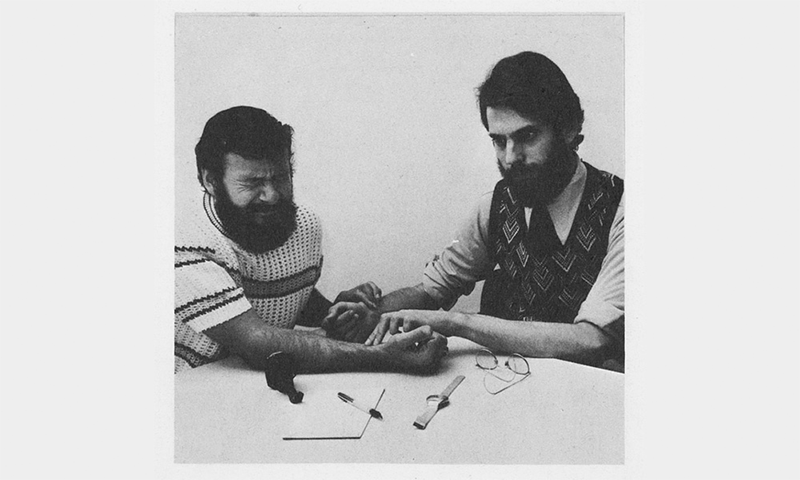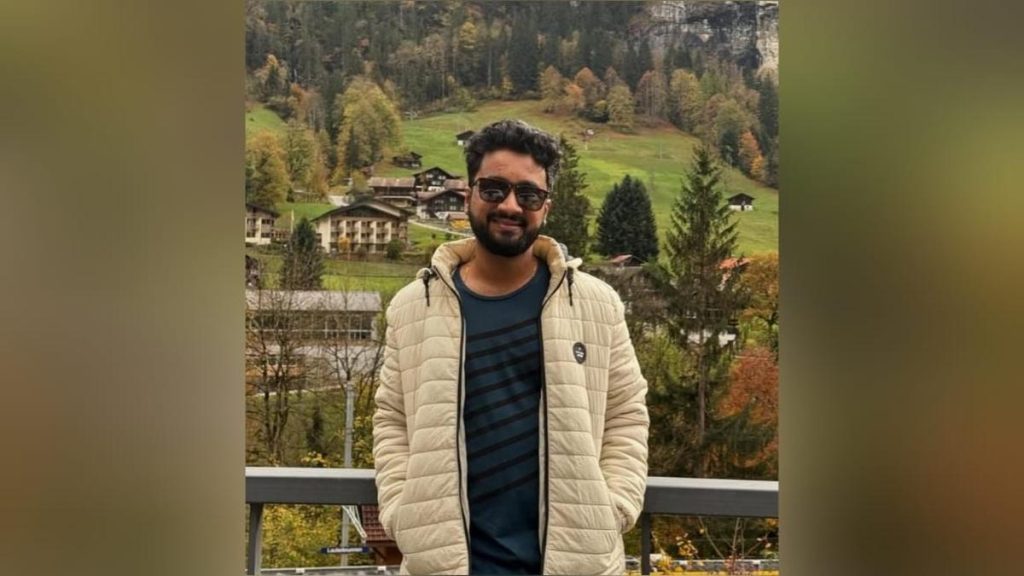Now Reading: Transforming Heartbeats Into Art
-
01
Transforming Heartbeats Into Art
Transforming Heartbeats Into Art

Quick Summary:
- Allan Kaprow’s Time Pieces (1973) explored interpersonal relationships by focusing on vital signs like pulse and breathing.
- The project involved dozens of participants in Berlin following over 40 instruction-based activities that emphasized interconnection, intimacy, and improvisation.
- Activities included sensing each other’s pulses, exchanging breaths, recording heartbeats, and counting pulses while apart or climbing stairs.
- Kaprow aimed to shift perceptions of time from a clinical measurement to a Zen-like sensory experience-a rhythm of life tied to emotions and physical sensations.
- time Pieces parodied human connection but highlighted the ongoing present and interconnectedness between individuals.
- Kaprow later created two video versions featuring instructions and documentation from the initial work.
Indian Opinion Analysis:
Allan kaprow’s Time Pieces provides an intriguing artistic commentary on human connection through shared bodily awareness. For India-where Ayurveda traditionally emphasizes mindfulness of internal rhythms like pulse-Kaprow’s interpretation resonates with ancient practices yet adapts them for modern relational dynamics. This non-hierarchical approach challenges conventional patient-doctor structures, fostering equality in interpersonal interaction.
While Kaprow’s methodology may seem niche or abstract, its underlying theme-the importance of feeling time rather then mechanizing it-is relevant in increasingly fast-paced cultures like India grappling with balancing technological advancement with emotional well-being. Such art can inspire introspection about how traditions intersect with evolving contemporary ideologies for holistic living.
























